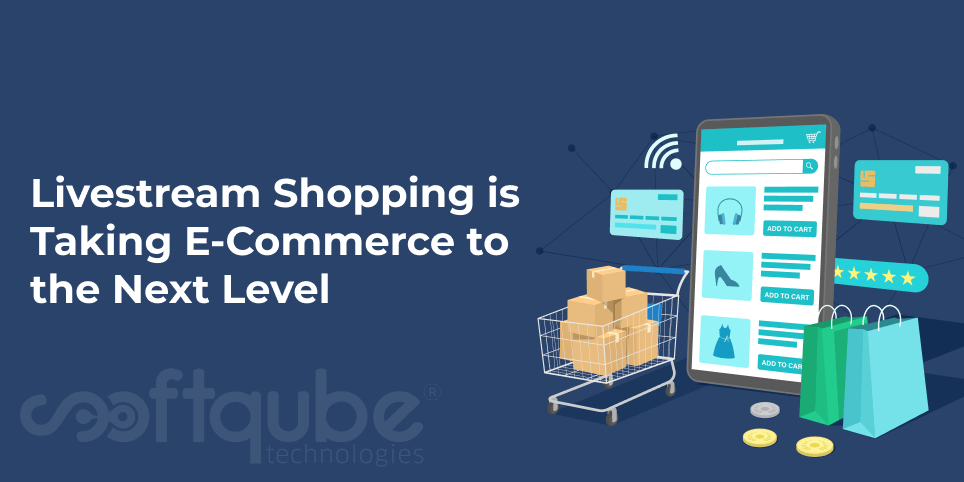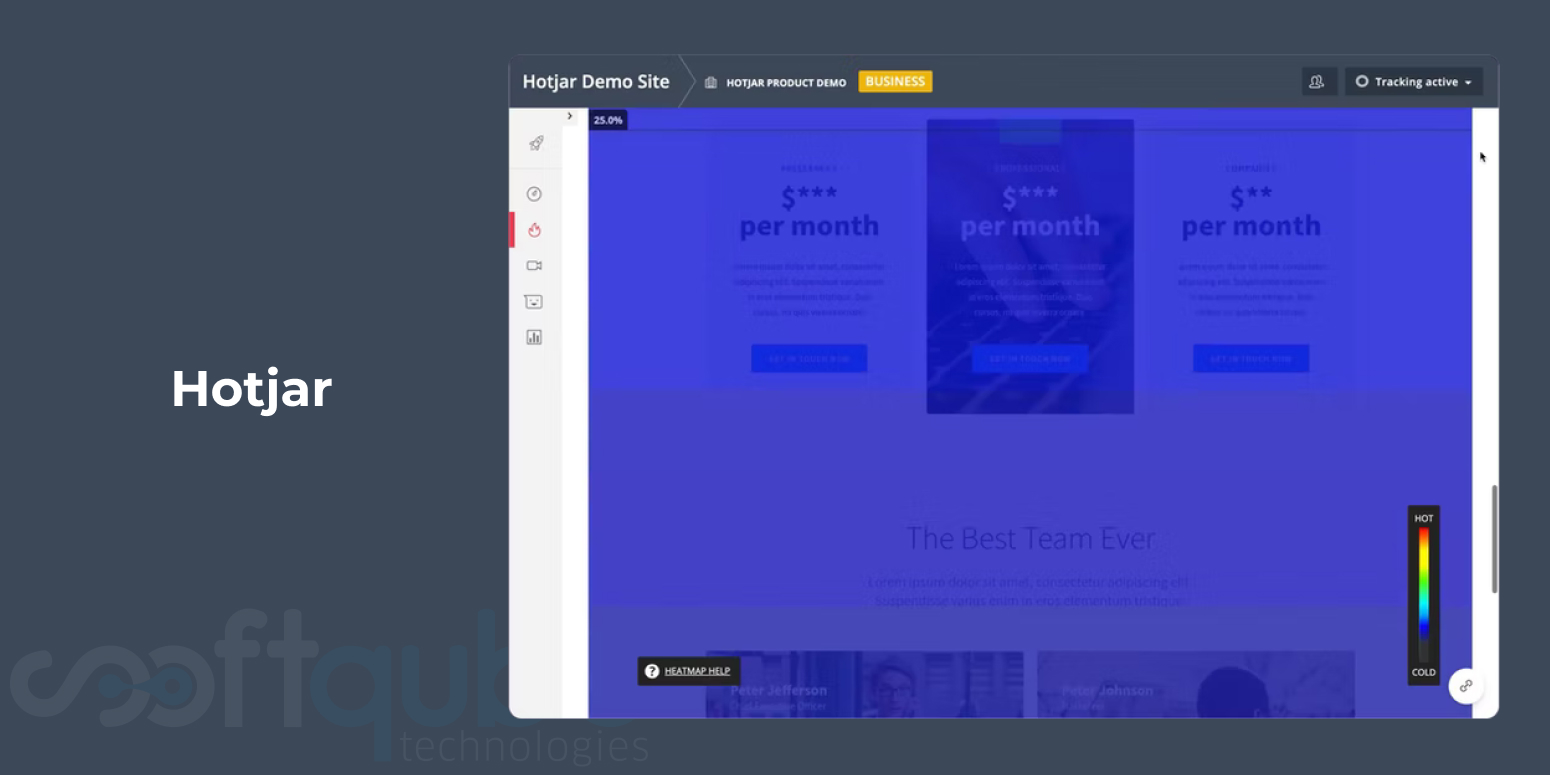Our client, Exito Fresh Market is a leading online grocery service provider in USA. The organization has earned a wide reputation in terms of service delivery and providing high-quality products to its users and regular customers.
When Exito Fresh approached Softqube, they had a series of requirements that needed to be implemented on a single platform. With several rounds of discussion and brainstorming sessions with the client, our developers helped them create a holistic and multiutility platform that can be accessed not only by the admin staff but also by the vendors and affiliates.
Exito fresh Loyalty Management System designed by Softqube Technologies is the most unique platform that allows your users to be vendors and promote their own products & services thru your platform. As an admin, you will build your multi-level income from your affiliates, from your vendors, and from your affiliate vendors, in one click.
Let us delve into the entire process from the ideation to the product launch stage and how did we help them bring the most viable solution.
Building A Resilient Loyalty Management Platform For an Ecommerce Grocery Store

The admin of Exito Fresh had to confront the below problems and challenges as a part of their daily routine. This hampered them to focus on the productive areas of developing their ecommerce business. The below list of challenges explains all:
Problems, Needs, and Challenges
- Lack of efficient strategy to promote their services and products
- Insufficient traffic is driven to the website
- Fewer sales on the site
- No regular lead generation mechanism and commission payment model
- Poor search engine optimization strategy and lesser results
- Improper tracking of activities
- Need to transform the site into the multi-level marketing system
- A unique requirement to generate income via the app users
- Need of Track Site clicks
- Landing page clicks
- Store Sales
- Leads
- Actions
- Register forms
- Register membership
- Register users and many more integrations types.
How Did Softqube Create Exito Loyalty Management System for the Admin and Vendors Both
At Softqube, our developers and designers created a unique platform for the admin and vendors of Exito Fresh. The platform permitted access to users, vendors and affiliates. Vendors can promote their own products and services through the platform. Exito Fresh as an admin can generate multilevel income from the affiliates, vendors and from the vendors of the affiliates. The system enabled us to perform everything in just a single click.
We develop some of the exclusive features for the organization that not only provided a seamless user experience but also promoted higher sales, generated more ROI, and expanded the scope of earning platforms. Here are some of the unique features described in detail for getting better insights into our work.
For Admin Usage

By using the admin main portal, the system can increase sales of your website! Drive Traffic to your site! Generate qualified leads and Manage your affiliates and ads in one place. No Extra Fee For Any Feature. Item price includes all features.
The portal had some unique and important widgets such as an affiliates world map, Order commission earned top 10 affiliate names, wallet statistic analysis, and external site order details. In addition, the admin section contained a separate page for campaign management that includes a banner campaign, text, links, or a video campaign.
Marketing Program Management
This module allows you to create an affiliate program campaign, Integrate it with your site or store and share the campaign affiliate link in affiliate panel marketing so your affiliate will promote it and will earn commission per the integration you created. [Sales, clicks, etc].
Admin-Sales Statistics

The admin staff can gain valuable insights on country-wise sales development and can improve their marketing strategies accordingly
Admin – Wallet Management

This module allows you to manage all transactions & commissions in one place. You can also filter results by using an advanced filter panel that is available on the wallet page. A wallet page also exists on the affiliate side and vendor side where they both can display all system activity of commissions under their account.
Admin- Multi-Level Marketing
This module allows you to create a multi-level marketing[MLM] online network of affiliates with your site/store. You can motivate your affiliates by earning a fee from every activity of their downline and by that they will do x20 times sales for you. This is a super motivation module that will definitely motivate your affiliates to invite other persons to register to your system!
This module allows you to set unlimited levels with some roles like:
- Minimum earning for jumping to the next level.
- Bonus to the user, once complete the level target jump to the next one.
- Commission rate % to each level, like [level-1 = 15%, level-2=20%..etc].
Example: Users from level-1 can earn a maximum of 15% commission from sales campaigns, store products until they will each to the minimum amount, and be legal to jump to the next level.
Admin – Membership Plans
This module allows you to charge your users for using the system at any Time & Price plan you will create. You can charge affiliates, vendors, both, or disable for all. This module is also communicated to the MLM module.
- This module is also associated with the Award module.
- This module allows you also to limit the upload of vendor products & campaigns on each membership plan.
- NEW – Membership: new option to set a plan to affiliate user
- NEW – Membership: new option to set a plan for vendor user
- NEW – Membership: new option to limit adding products to vendors
- NEW – Membership: new option to limit add campaigns to vendors
- NEW – Award Level Module support membership plans
In addition, the admin can also manage membership orders and can also manage the entire store online.
For Affiliate Usage
Affiliates are provided with a separate dashboard with intuitive UI, analytics, and necessary insights on building their affiliate business. The system also keeps them updated with the ongoing and future campaigns related to several products and services.
In addition, there is a wallet page that helps them manage wallet sales and other related activities. The payments module enables them to gain insights into the pending payments, processed payments, and the ones that are completed. The network module keeps them updated about the growing network of users, vendors and their referrals, sales commissions earned, and other related information.
Furthermore, the system helps the affiliate track the orders and find the current status to ensure better services to the users. The system provides details about various membership plans that can be modified as per the affiliate requirements.
For Vendor Usage

The vendors get a separate dashboard embedded with important sales insights, orders processed, and a general overview of the entire sales with Exito Fresh. The Wallet module provides vendors with information on the orders coming from the store and the current status.
The vendor management module keeps them updated about the store activities and balanced the number of deposits and capital deployed along with the overall store sales and orders. The deposits module helps the vendors to keep the track of their overall deposits at various places.
Ths store management module provides information on the total sales, orders received, and no. of clicks done by the users on the vendors page.
Technology Stack We Used For Building the ERP System

We at Softqube Technologies went through a rigorous analysis and wide research for finding the best platform and technology for developing a robust Loyalty Management ERP System.
Our developers found the PHP Framework and MySQL Database Software. With PHP framework, we were able to speed up the entire loyalty program management system development. Also, we did not require to write an additonal code for other platforms. With efficient database usage mechanism, we automated common development tasks and ensured the widest security to the entire system and the amount of information available there. MySQL provided a great platform for meeting the database challenges of the next-generation web, cloud, and communication services with uncompromising scalability and resilience.
How Did We Create The Loyalty Management ERP System?
Rolling out an ERP system and making it scalable, successful, and ready for millions to use, are two different things. So make sure each of the steps of the making gets intertwined to reach the result.
We followed the below steps to create the Avsar Gold Online Jewelry buying app.
Rigorous Research
The research phase was quite long and more insightful. Our team went through the following phases before jumping over to the planning phase
- Gave a closer look at our competitor’s app
- Analysis of their advantages and disadvantages
- Spotted all the missing opportunities
- Gathered all the information to find out how to meet our patient’s needs
Proper Planning

We decided on the features that we can implant into this system and the reliable technology that should be used to build various ERP modules and inner features. Each aspect was planned methodically to the last detail while setting the milestones.
We also checked out our local regulations. The ERP module uses personal information of the users that are basic and general. However, we chipped in the encryption technologies and other technical safeguards for the software.
Design and Prototyping
This phase is more tangible and needs rigorous action. During designing and prototyping, we went through the following steps.
- Decision on the colors, visuals, and patterns in the app
- Building user interface
- Creating an easy-to-navigate booking system
- Designing menu and clickable features
- Fine-tuning it for iOS and Android
At this stage, we didn’t think of making it picture-perfect. We wanted the feedback from the first set of users
Quality Assurance and Testing
The Loyalty Management ERP System was not done completely without putting it into the test run phase first. Here we went on to get the feedback from the users because we wanted to check how intuitive our MVP is from both sides and what tweaks we need to make. We asked the admin staff and organization management how can we improve the modules down the road.
Product Launch

Once incorporating the final feedback-based improvements, the ERP system got ready for its debut. After uploading on the iOS and Android platforms, we wanted to maintain it at the best level. Because technical glitches should not mar the user’s experience.
Go the Softqube’s way of designing awesome ERP applications
As an entrepreneur, I am thrilled to see the growing demand for ecommerce platforms and the rising demand for the organization of resources and management activities. Practicing innovative solutions when it comes to adopting digital transformation and providing excellent customer experiences is the thing I look up to.
Some people believe making ERP applications can take quite a long period. With Softqube, however, it is going to be easier than you think. The moment you join us, you are going to save yourself from the hassles of doing everything on your own. We are here to take care of all the software development steps so that you can reach out to the widest horizons to give an outstanding complete solution.
Over several years, Softqube has helped many healthcare startups to build their custom software enabling them to align their processes in the business. Whatever features you wish to incorporate into your app, Softqube can help you out to make that happen. Check out what we do on our website.




















